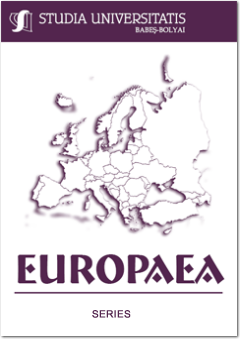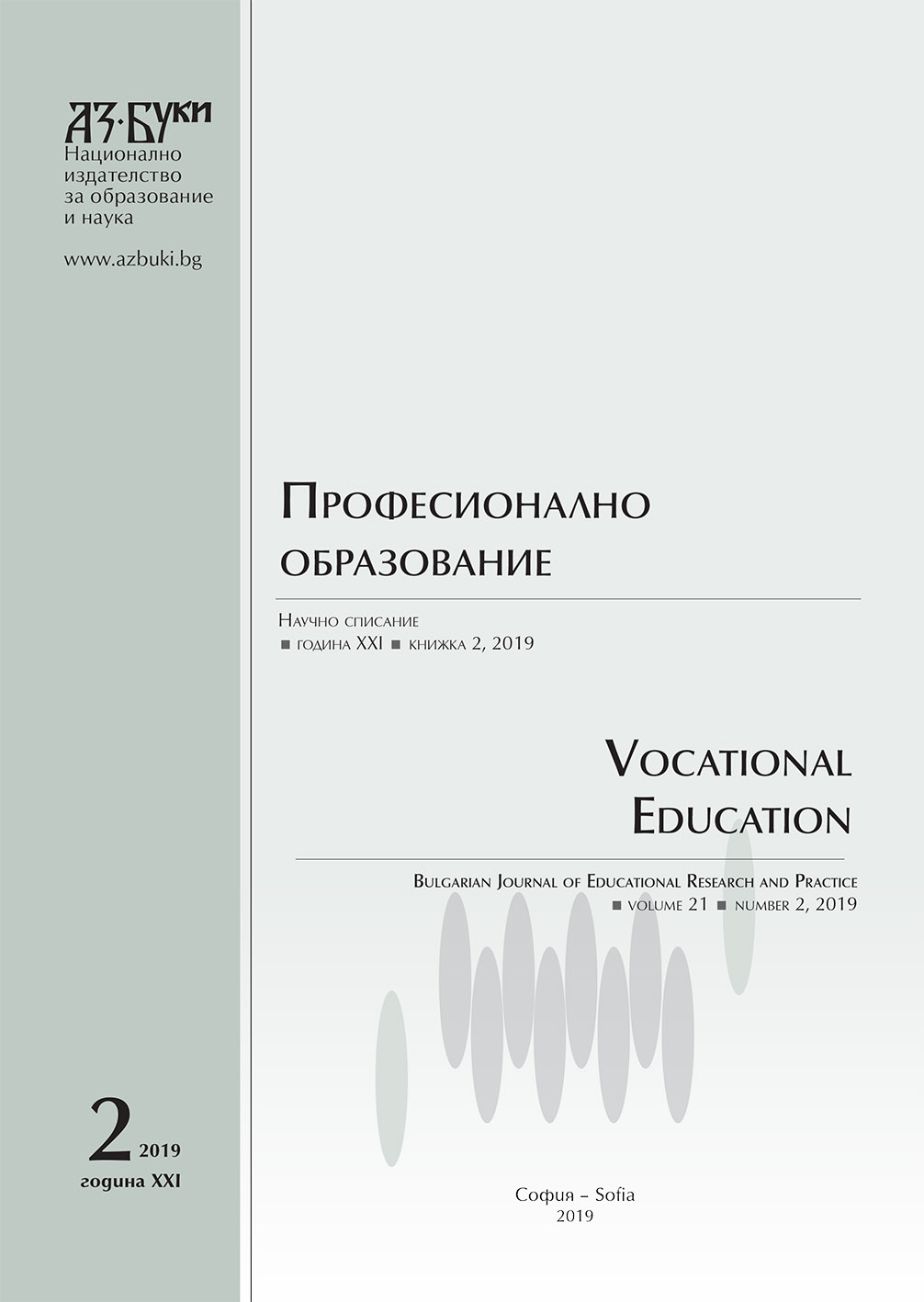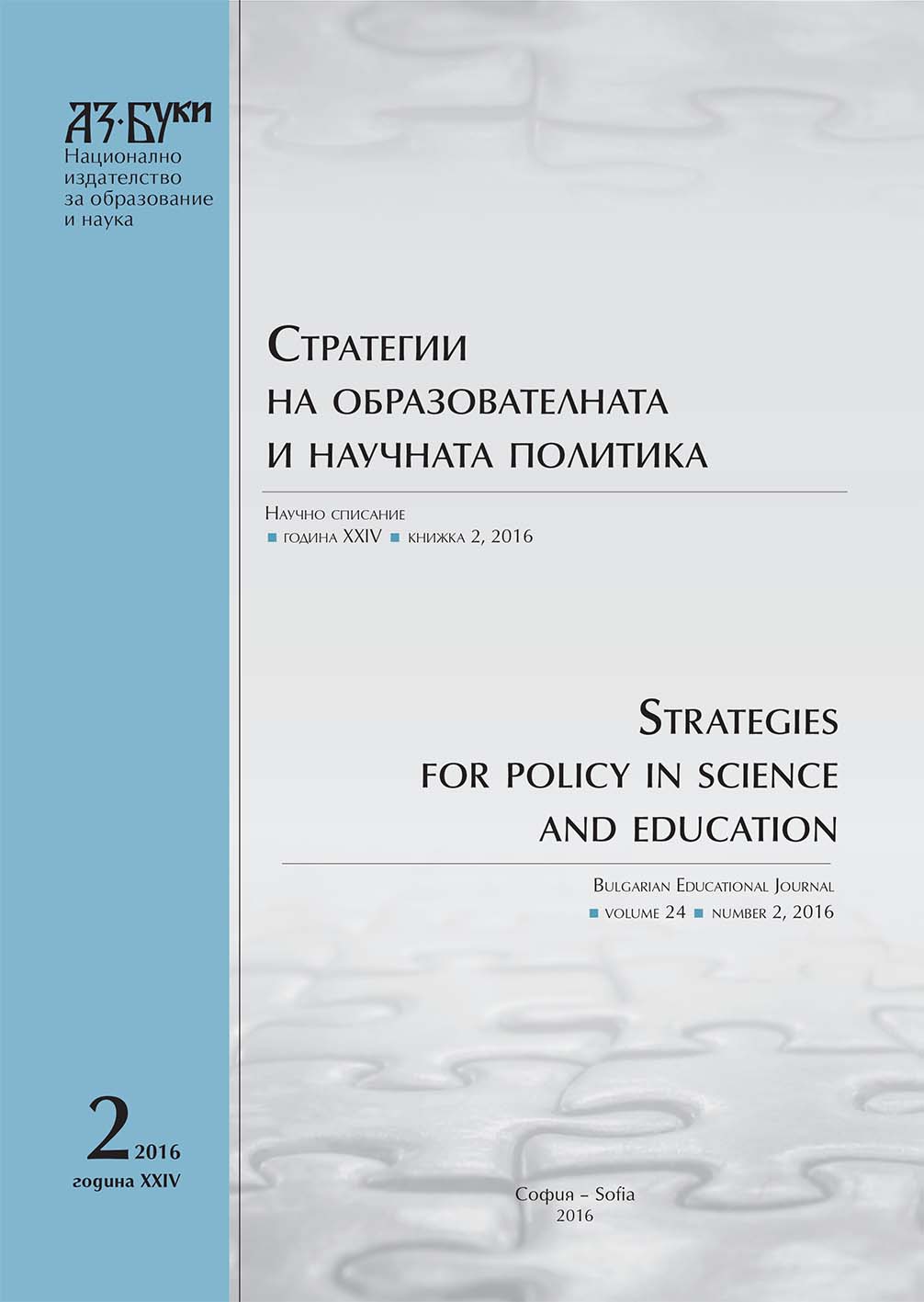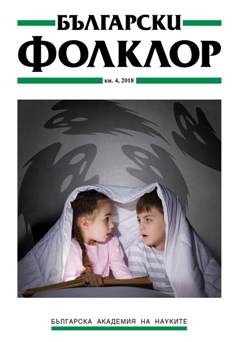
POUR UNE APPROCHE INTERDISCIPLINAIRE DE L’ETUDE DES « TECHNOLOGIES MILITANTES » : L’EXEMPLE DES TRACTS DU MOUVEMENT « ANTI-CPE » DE 2006
As it a neglected boundary object of the scientific fields, the leaflet is most often relegated to a simple tool for illustrating political struggles, overlooking the viewpoint of its materiality, of its manufacturing and dissemination, and the multiplicity of its uses. Based on a PhD dissertation of 2014 about the leaflets of a french student protest, the one called “against-CPE” of 2006, the aim of this article is showing how an interdisciplinary approach can help to build a methodology to collect, define and analyze the multiple facets of this still relatively unknown “activist technology”.
More...



